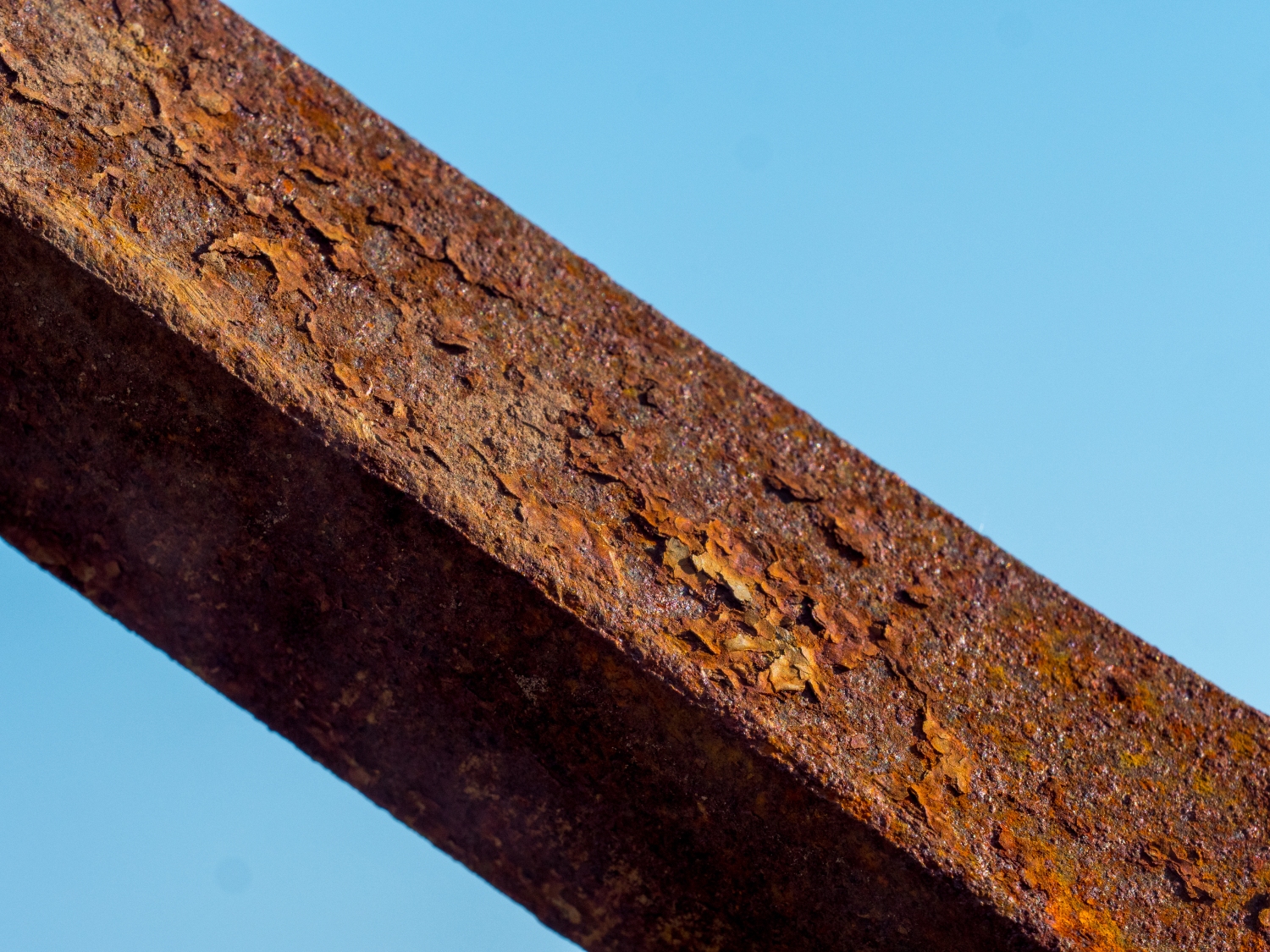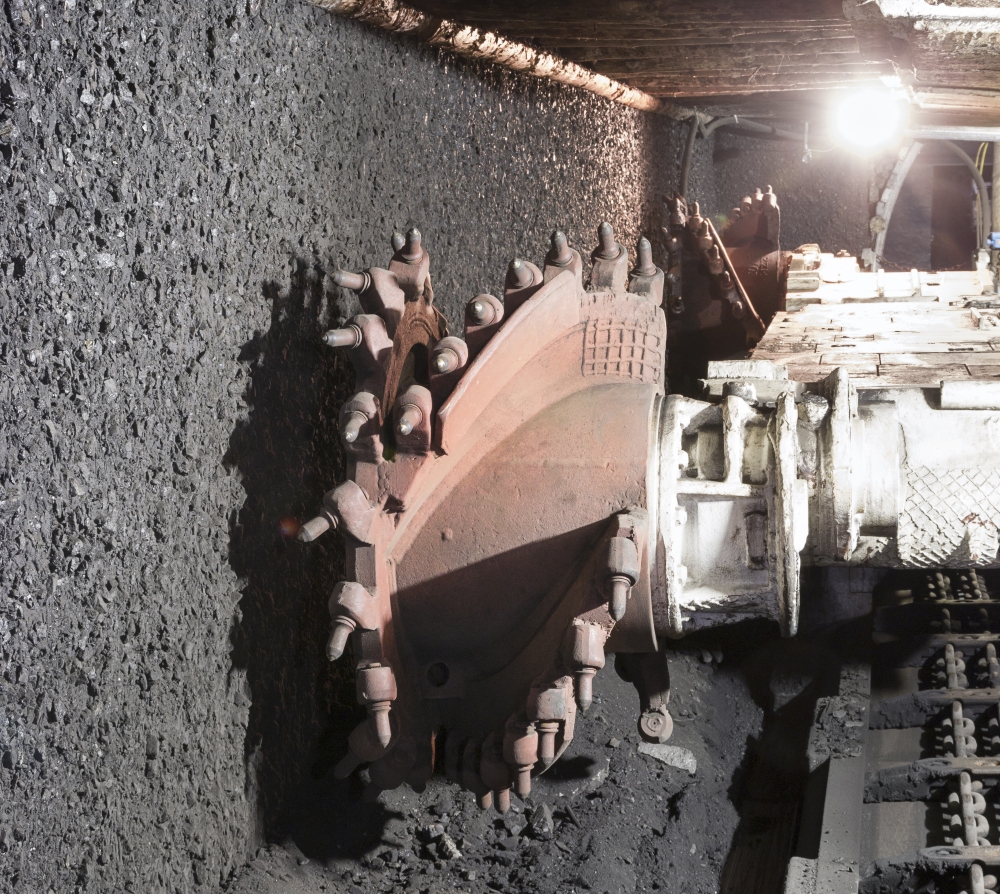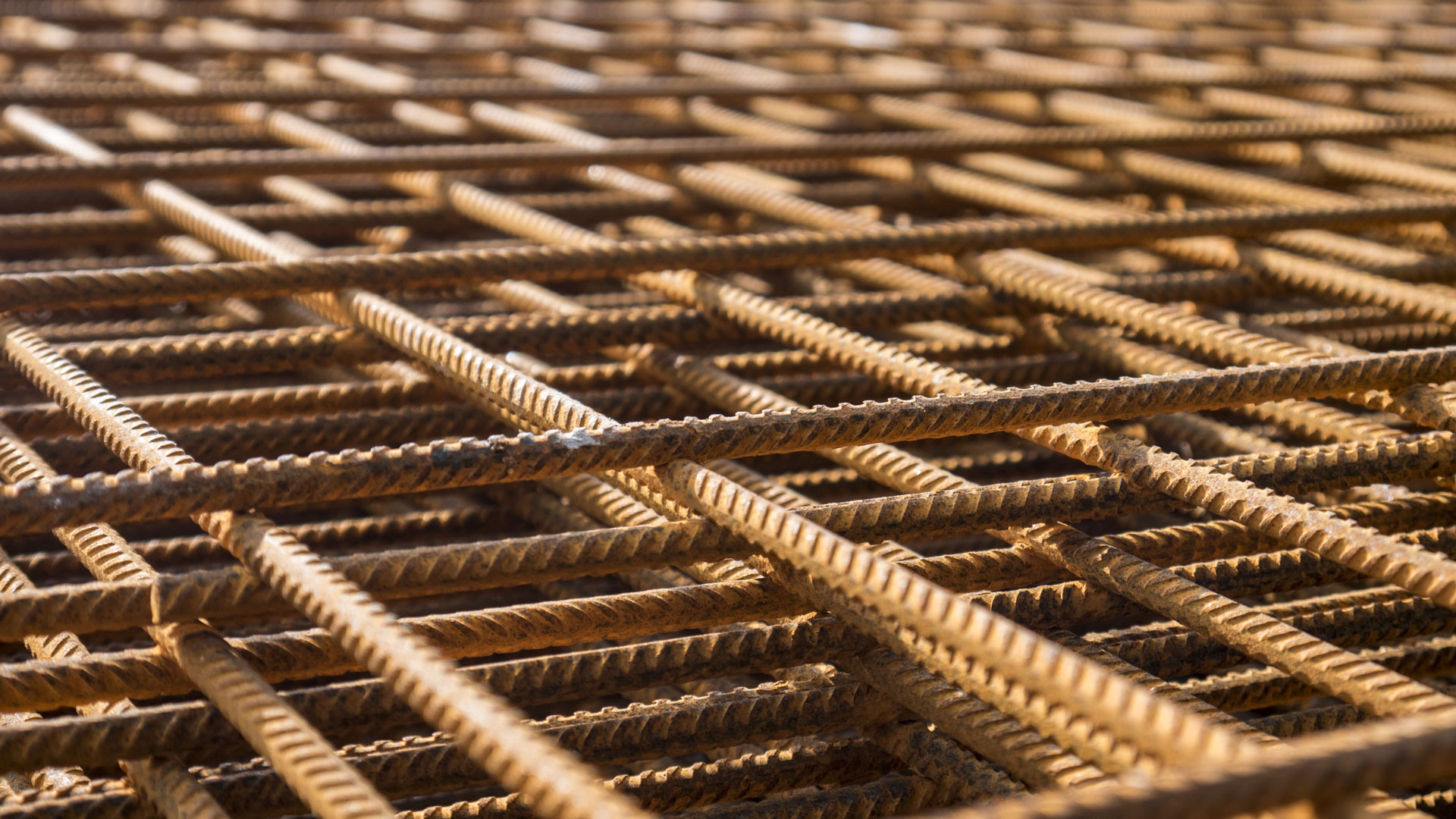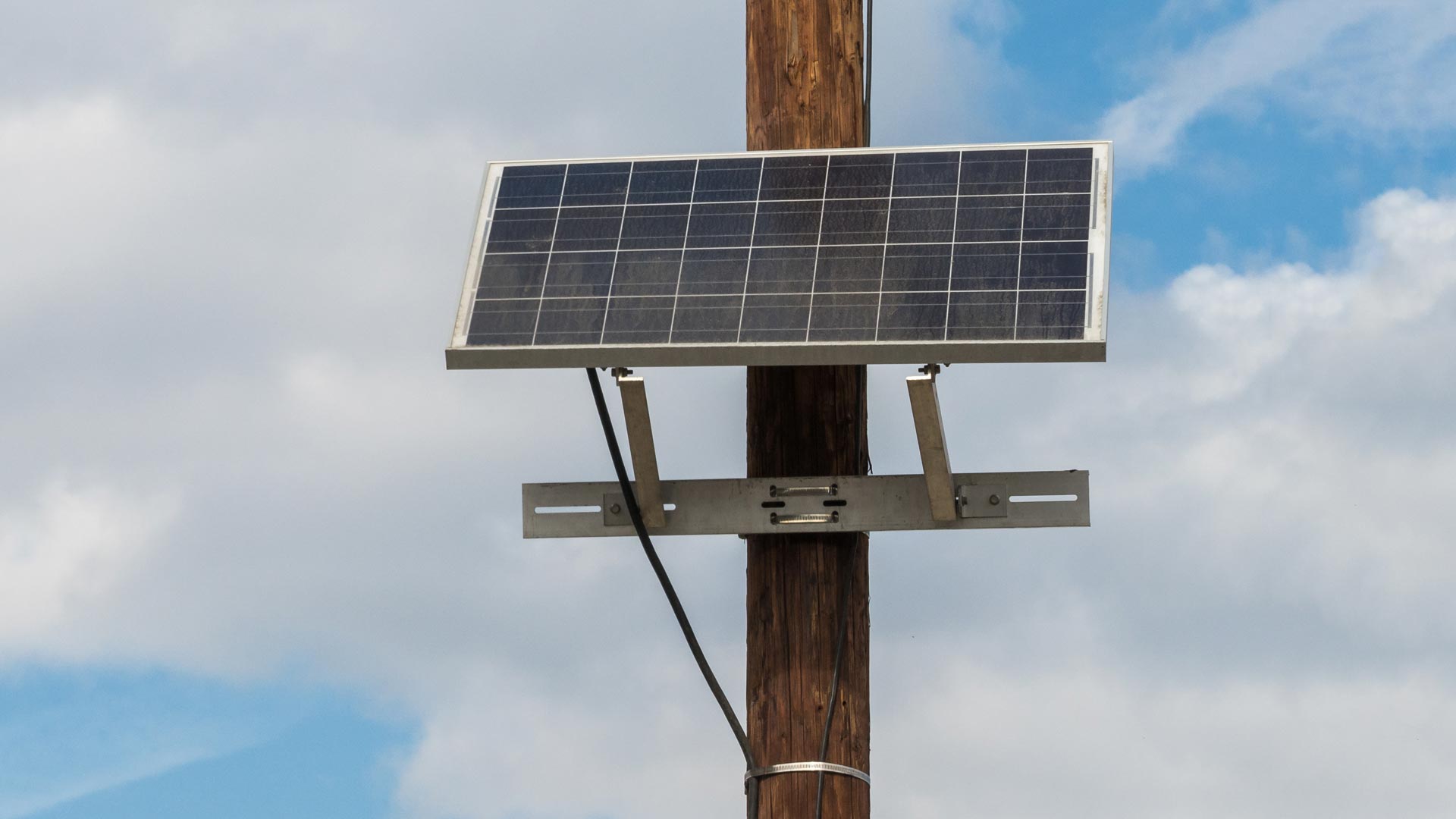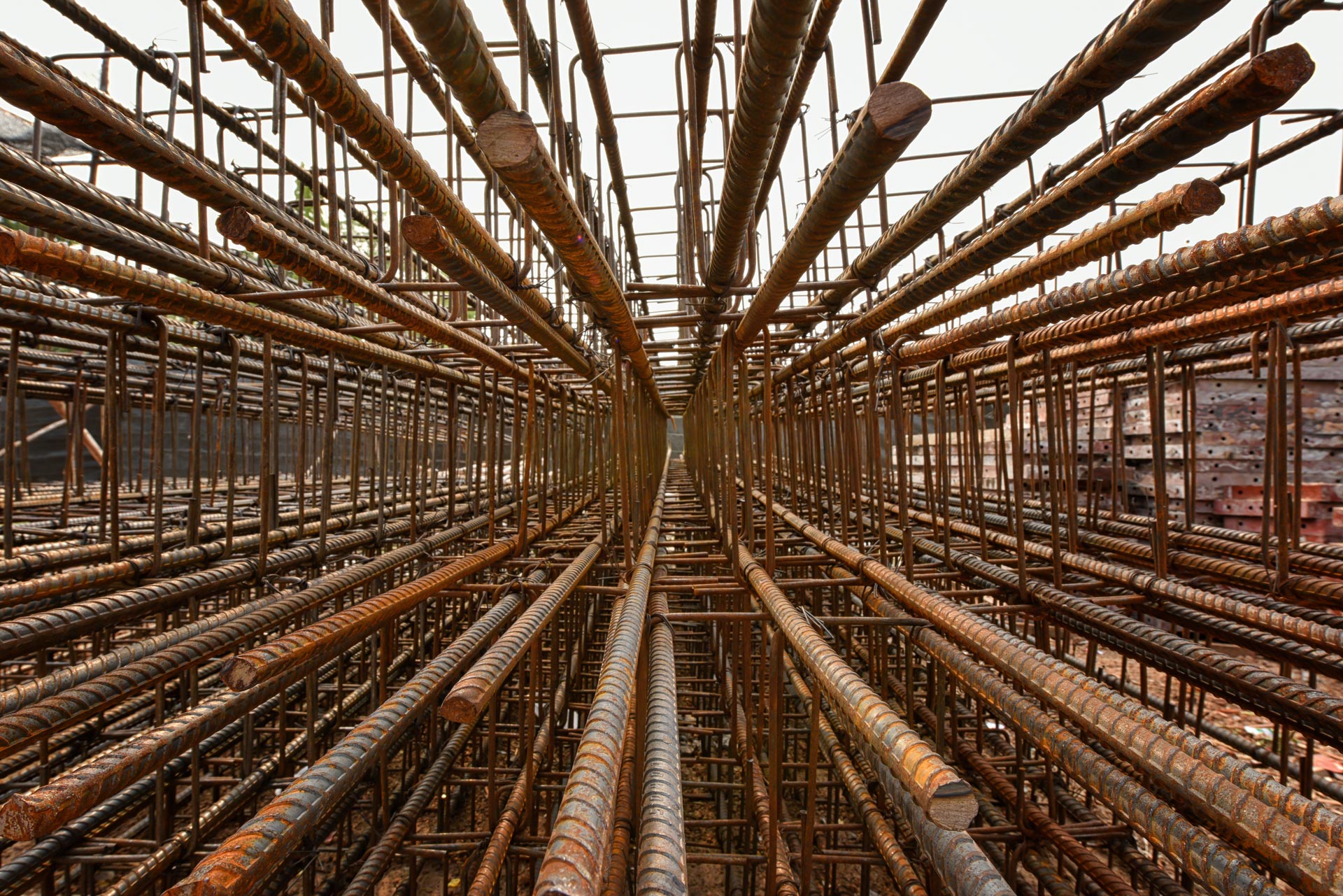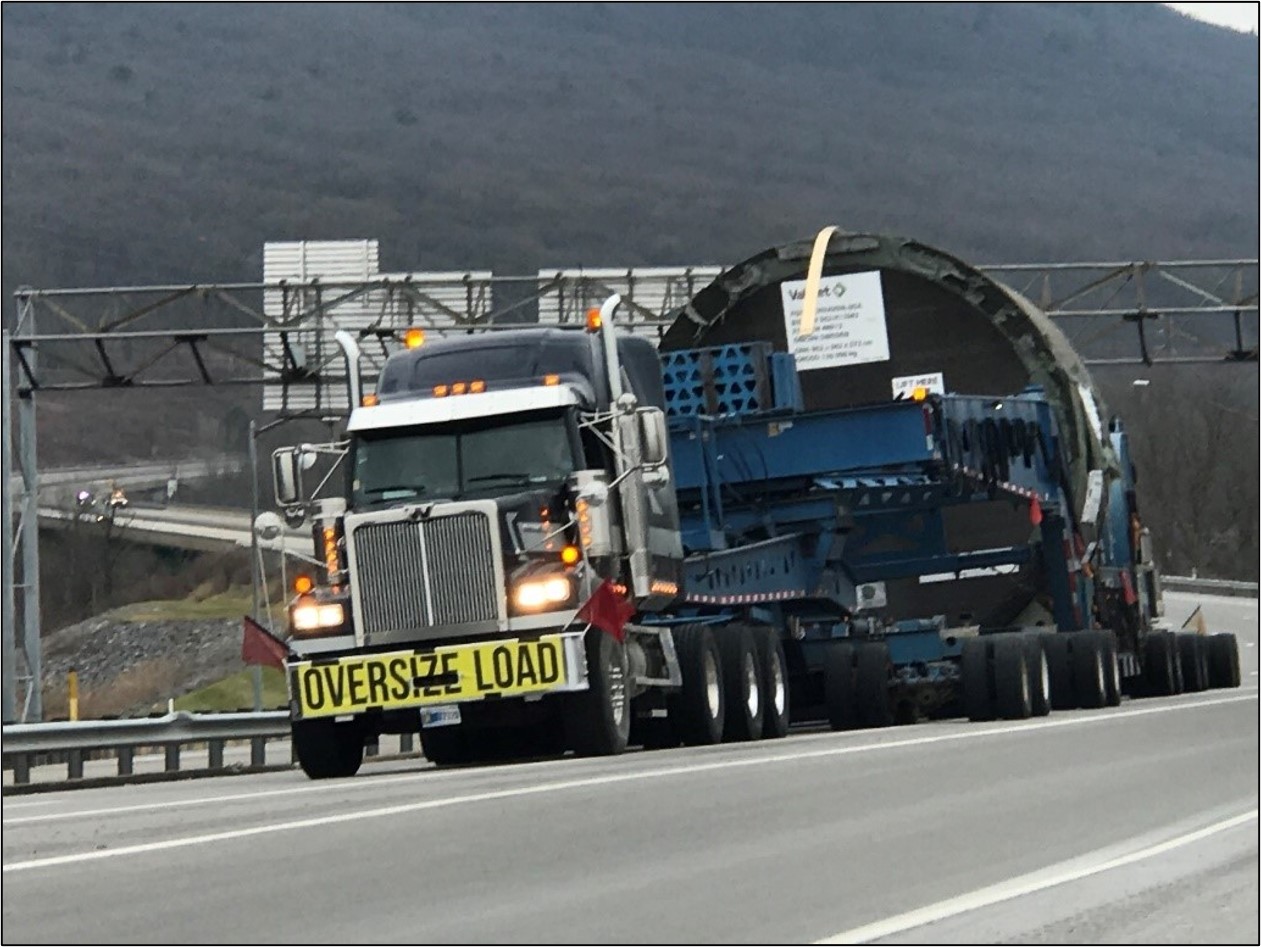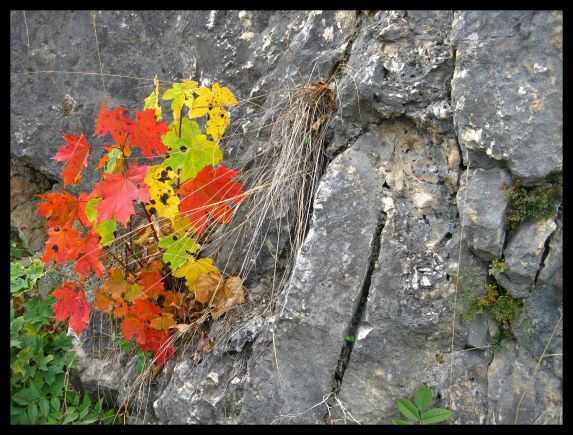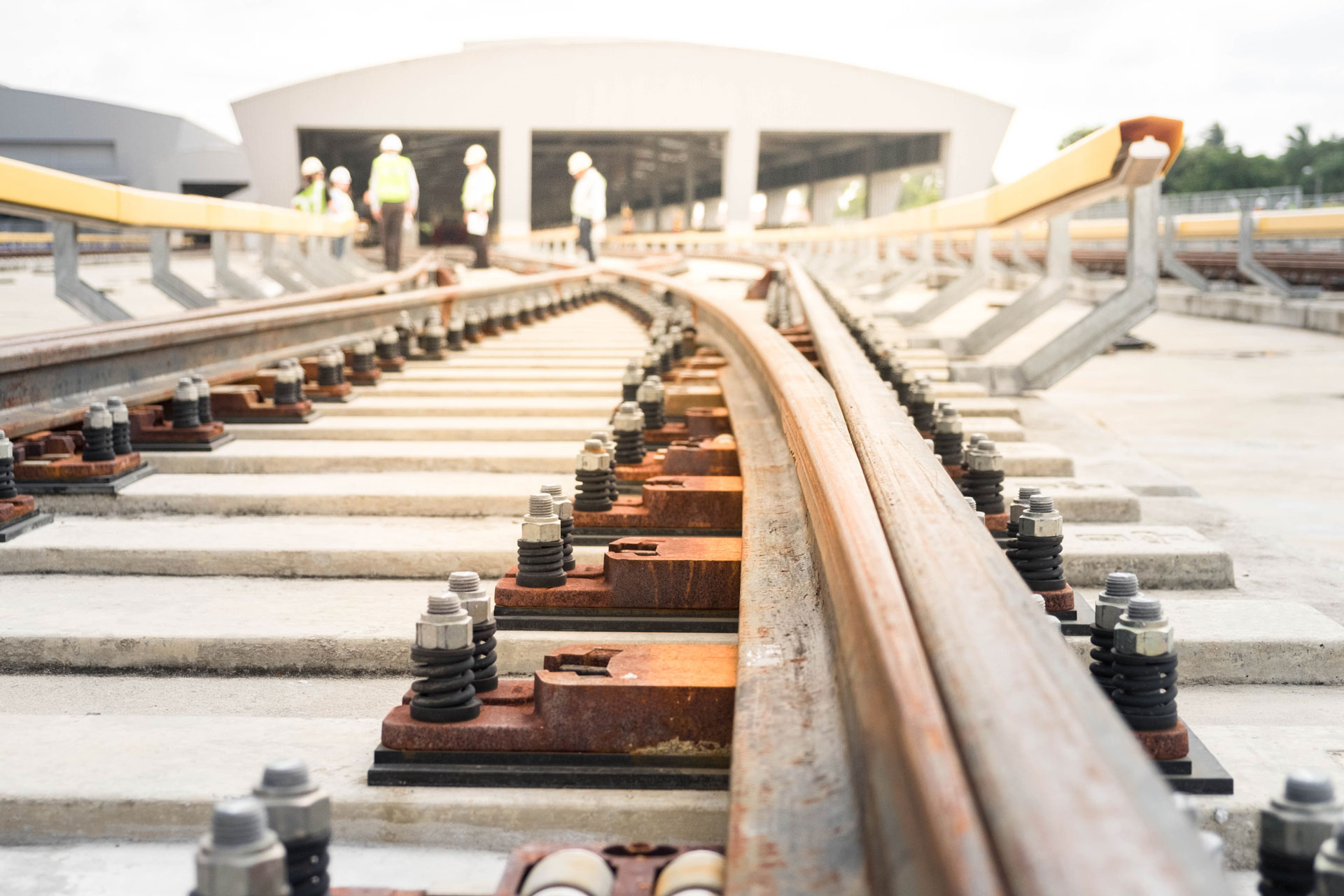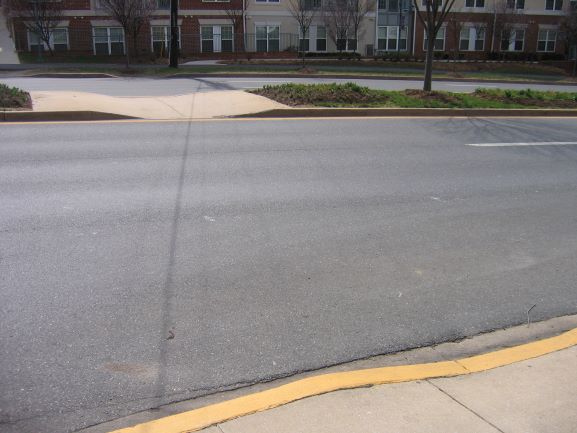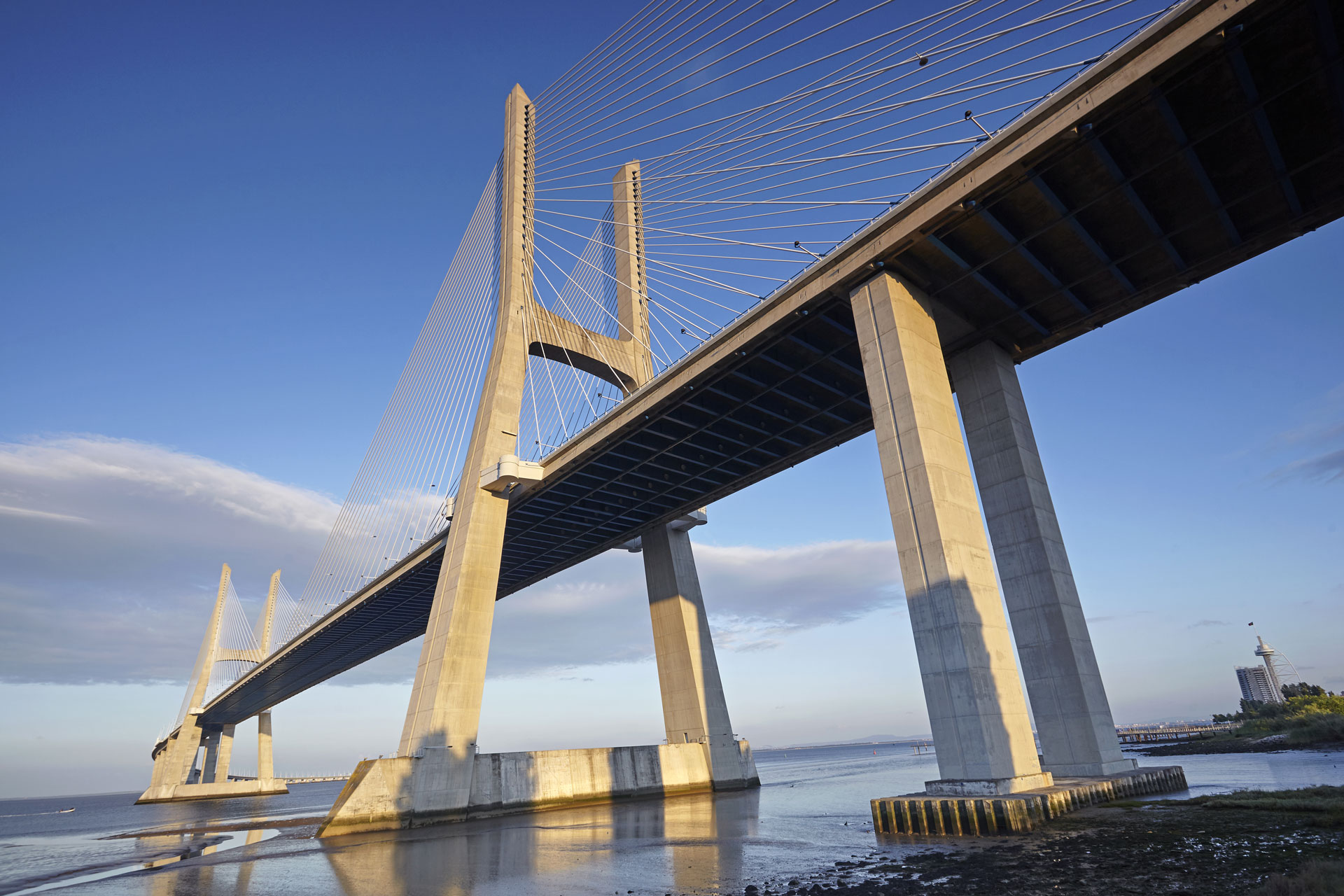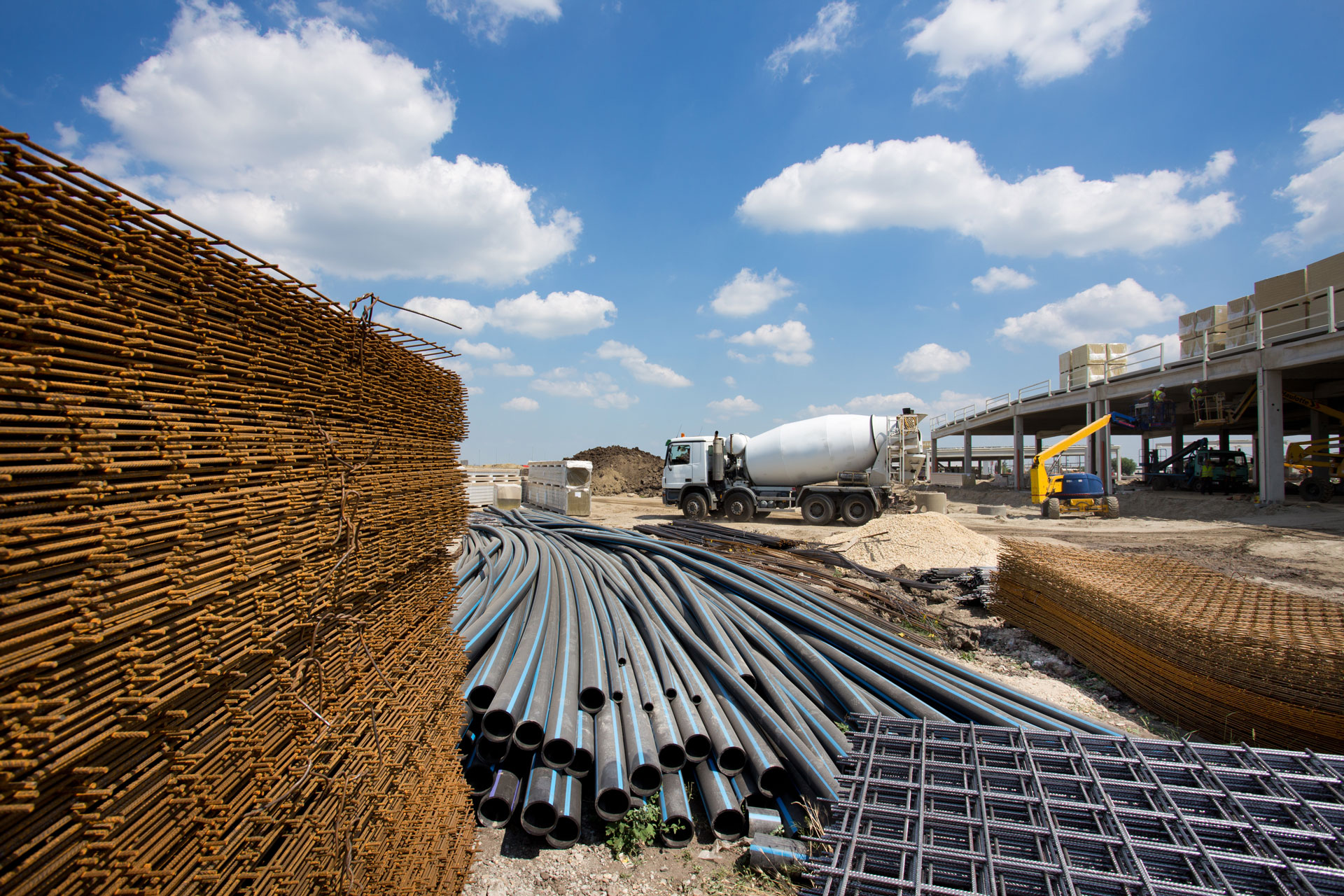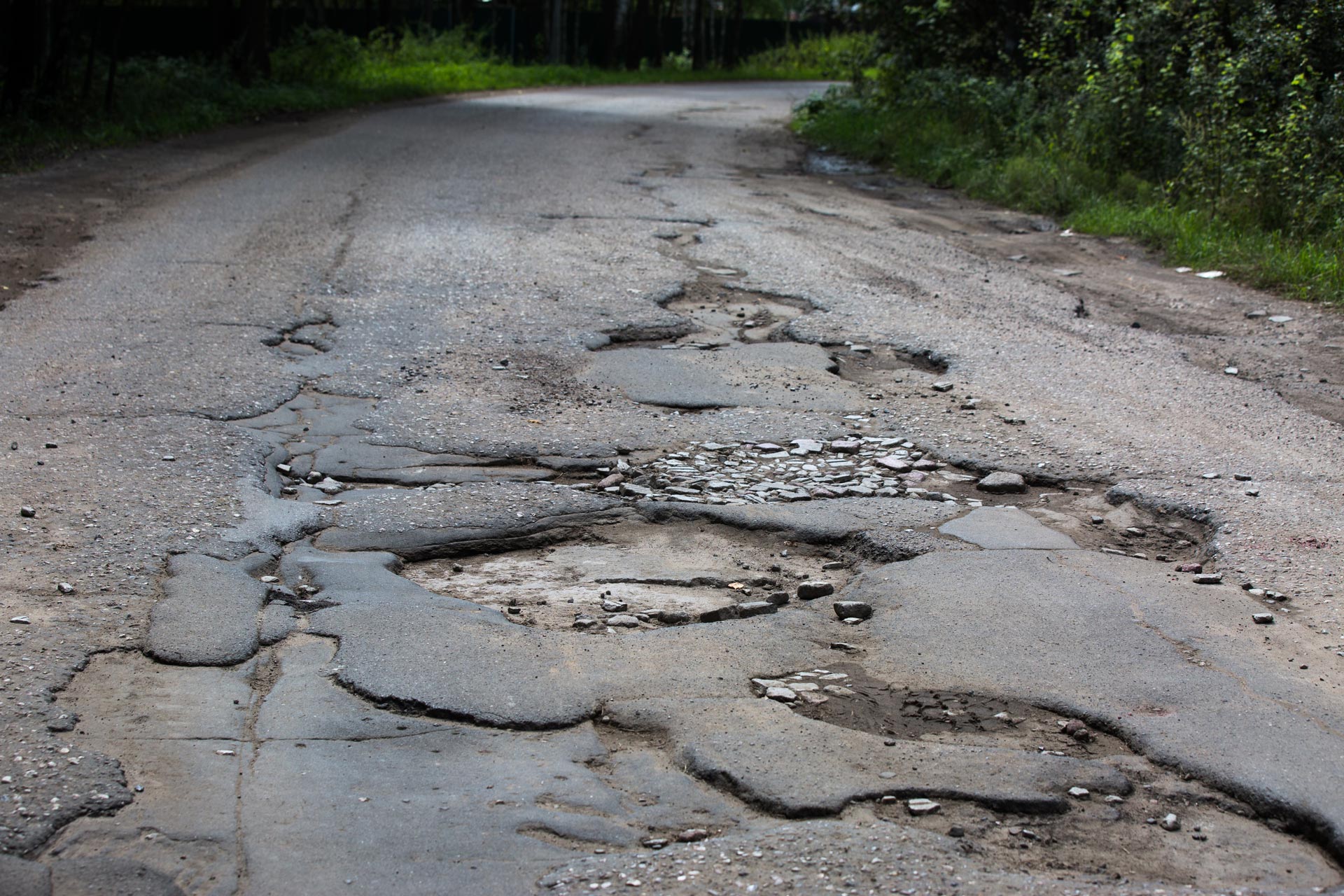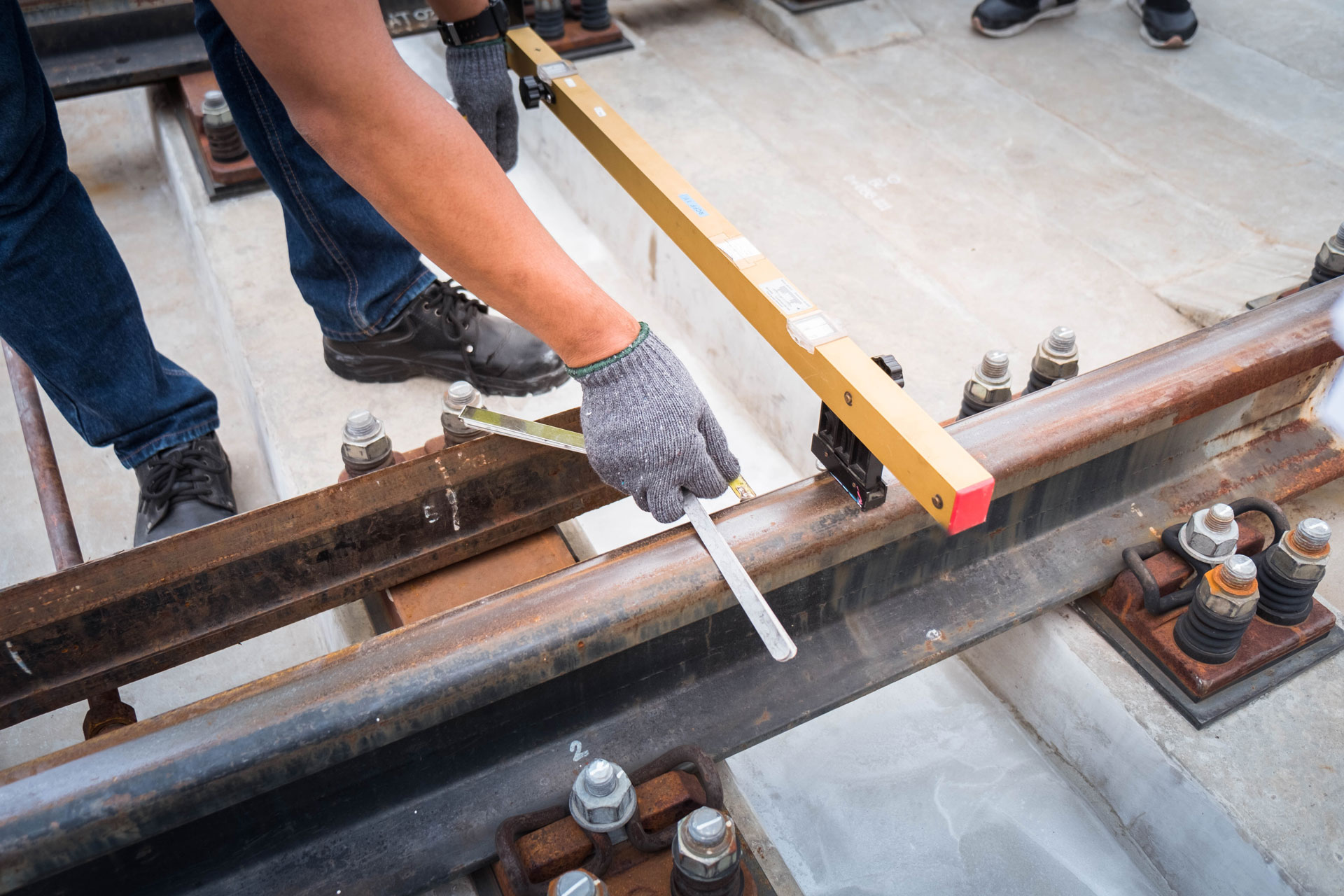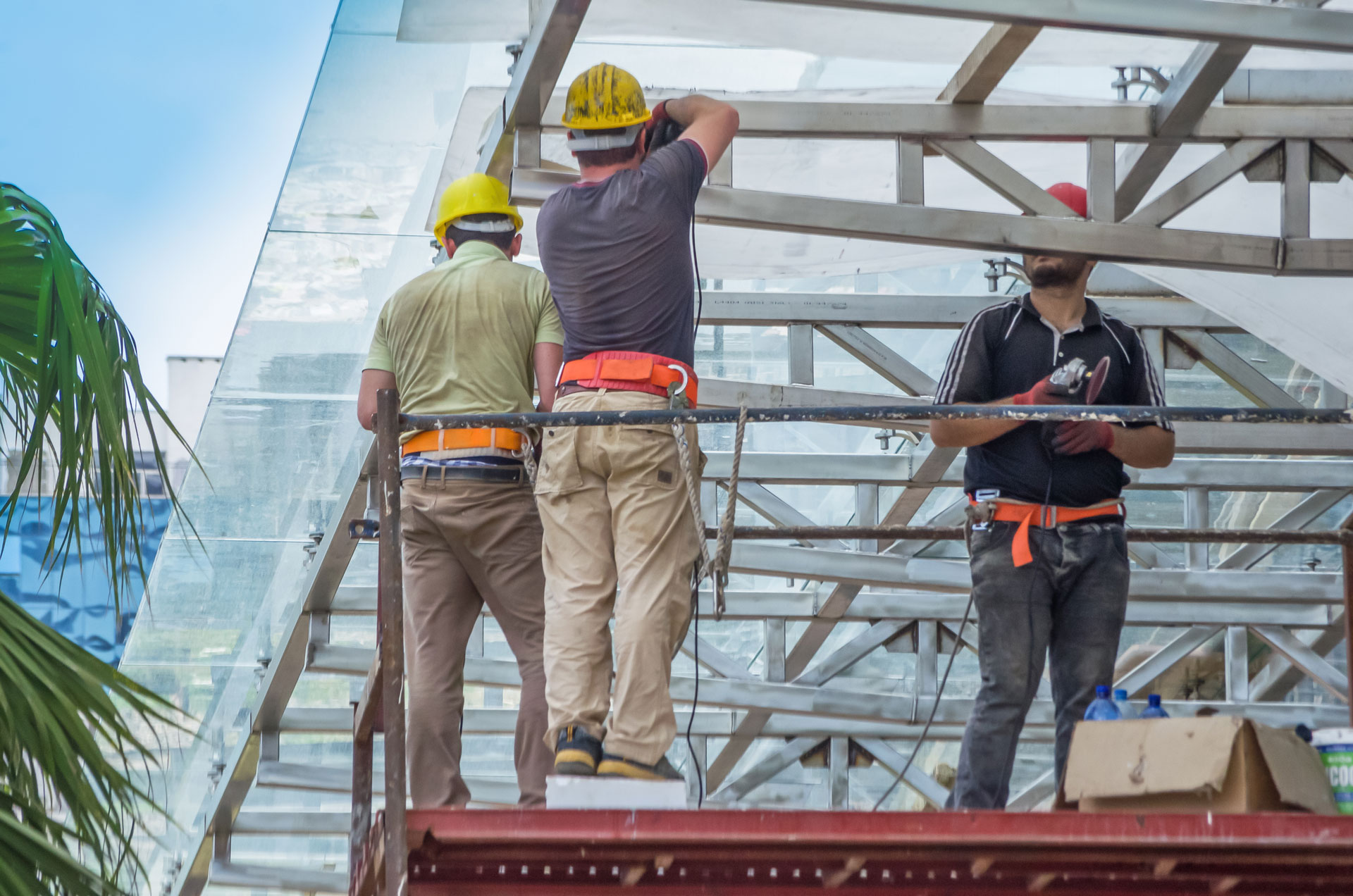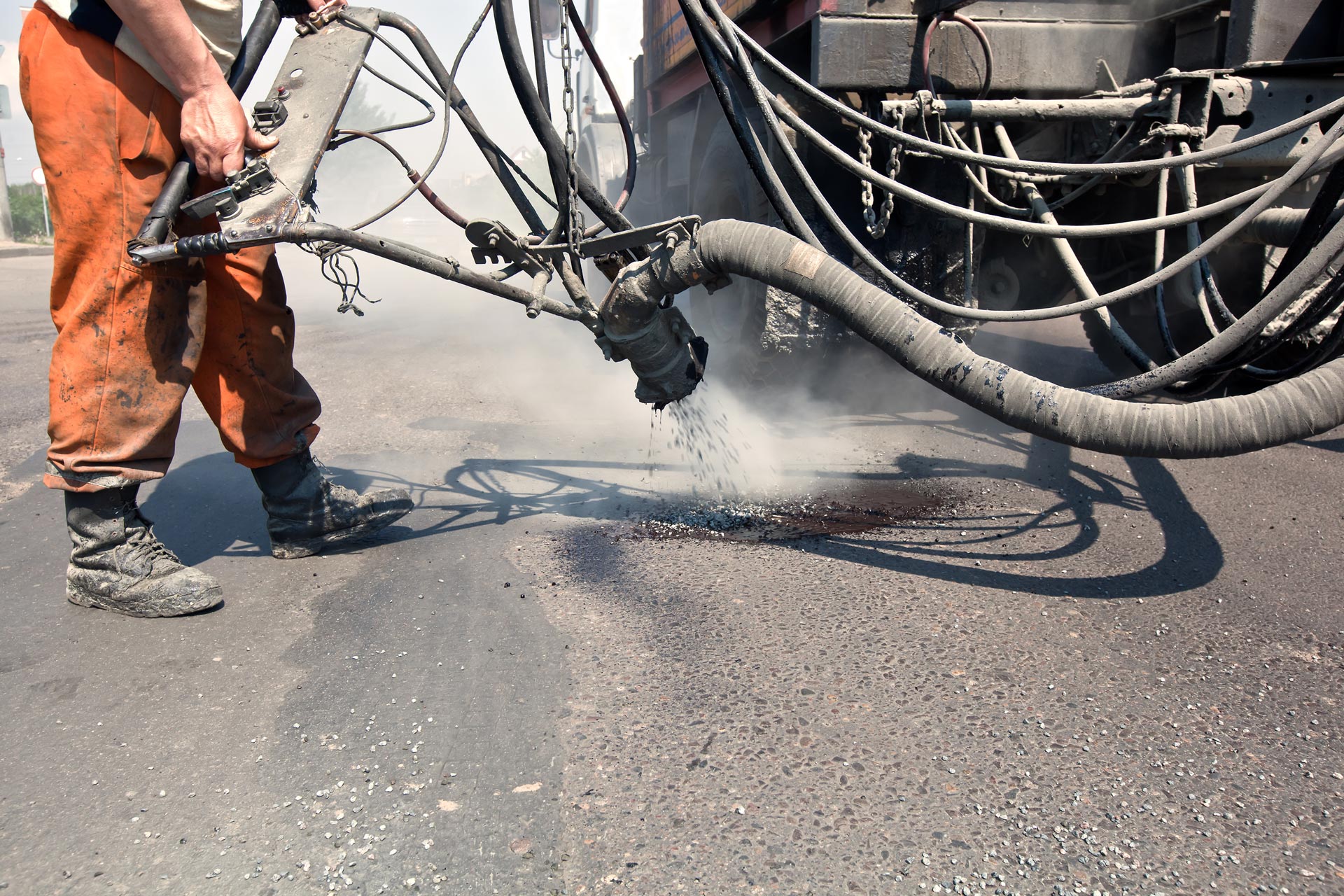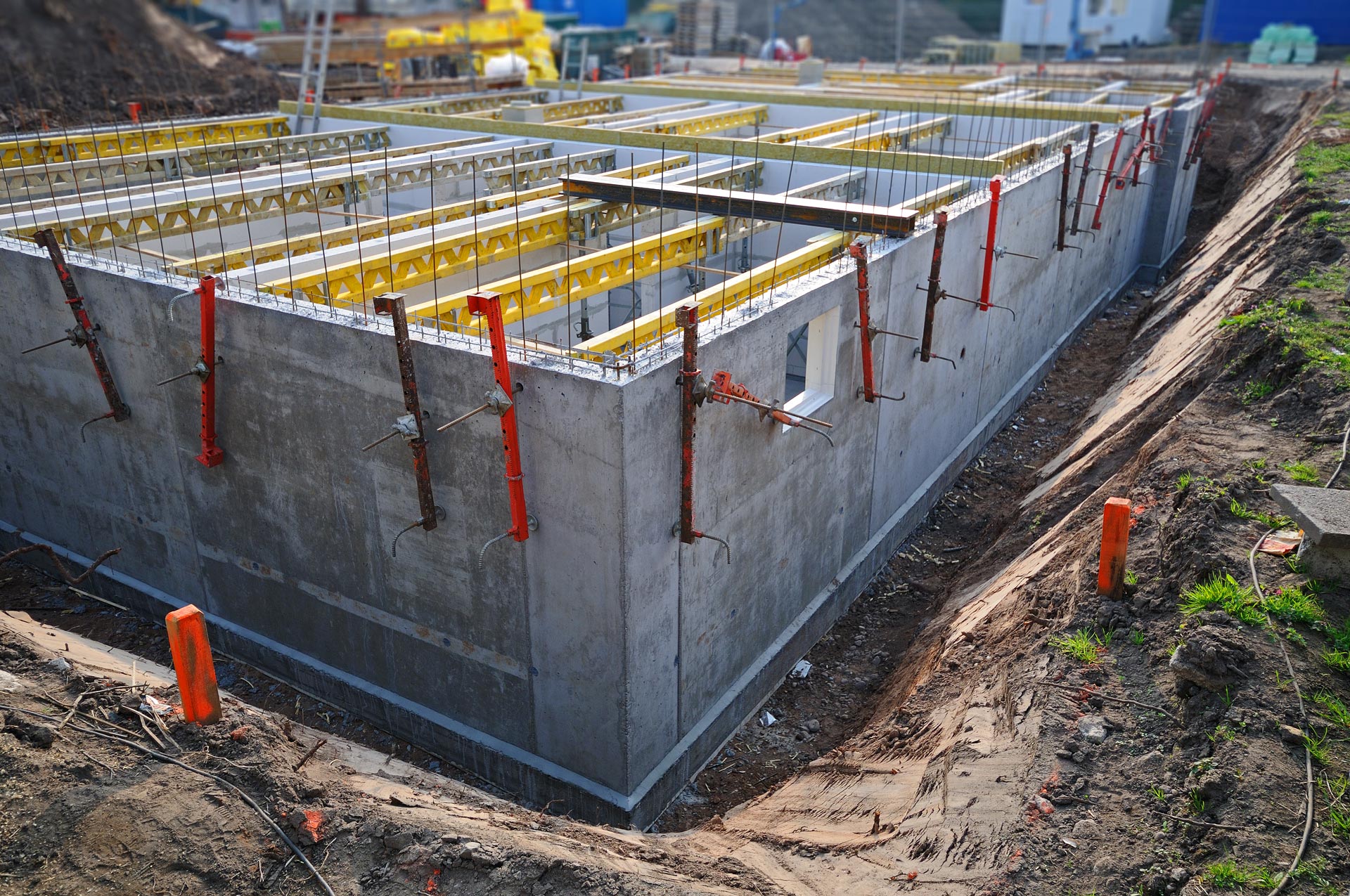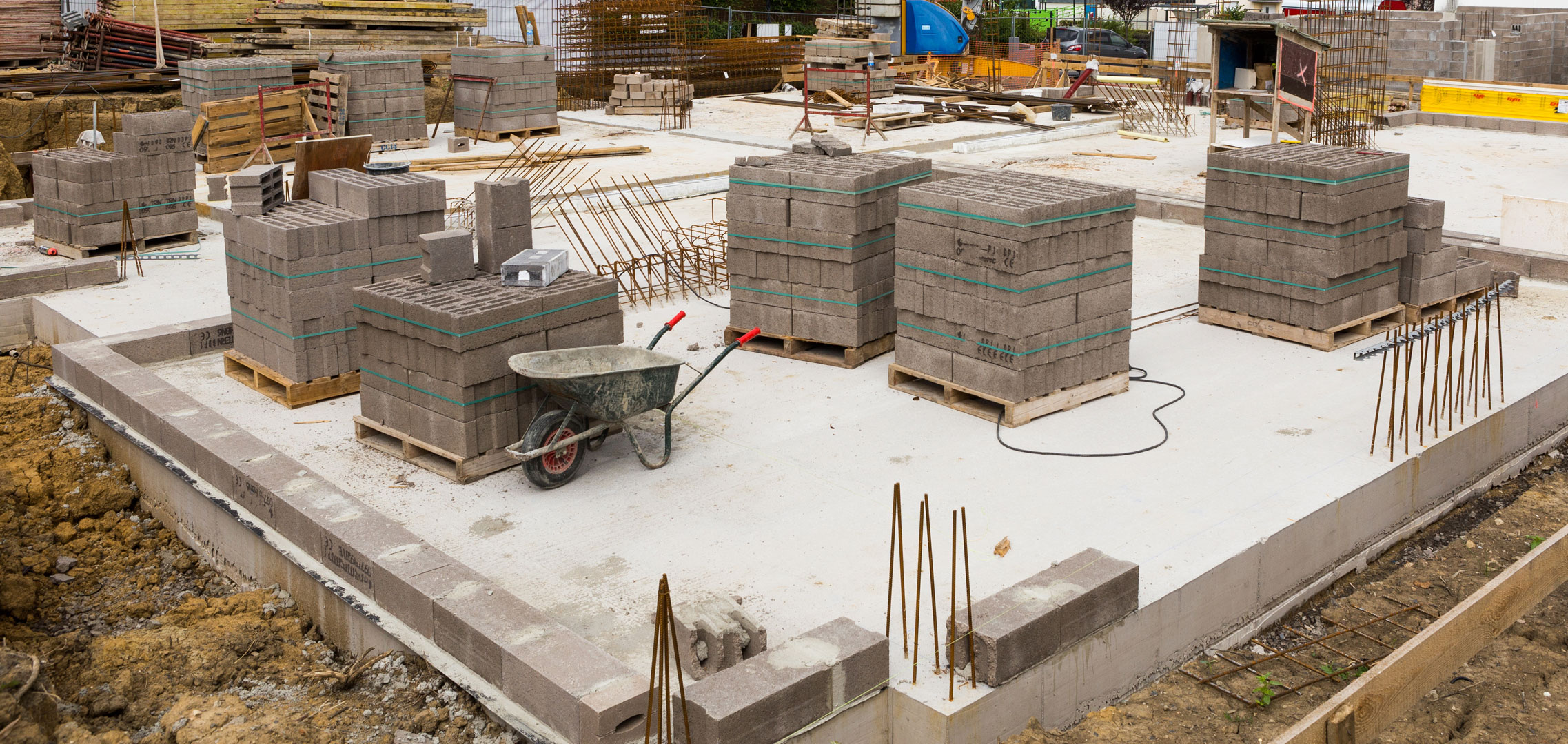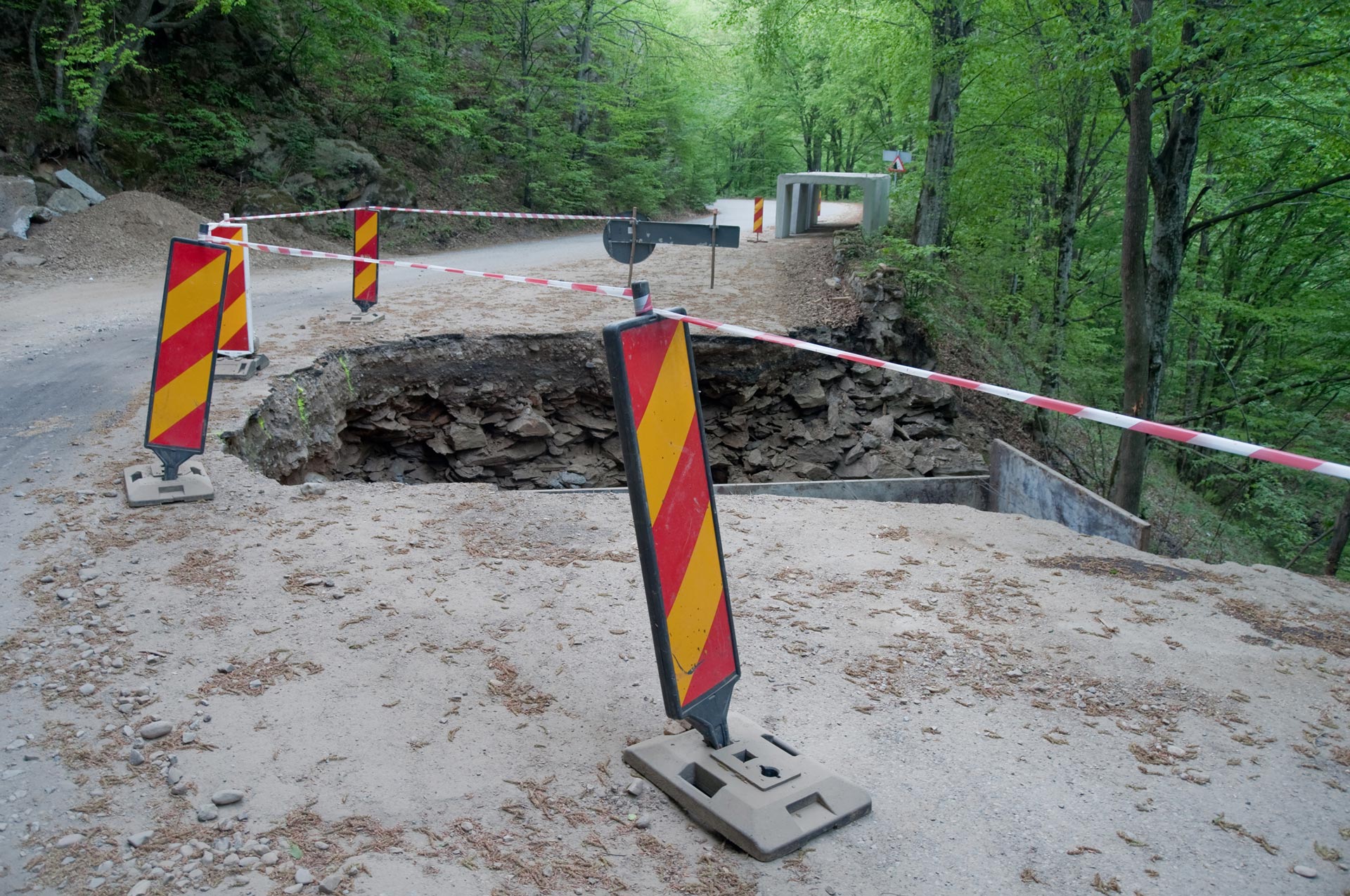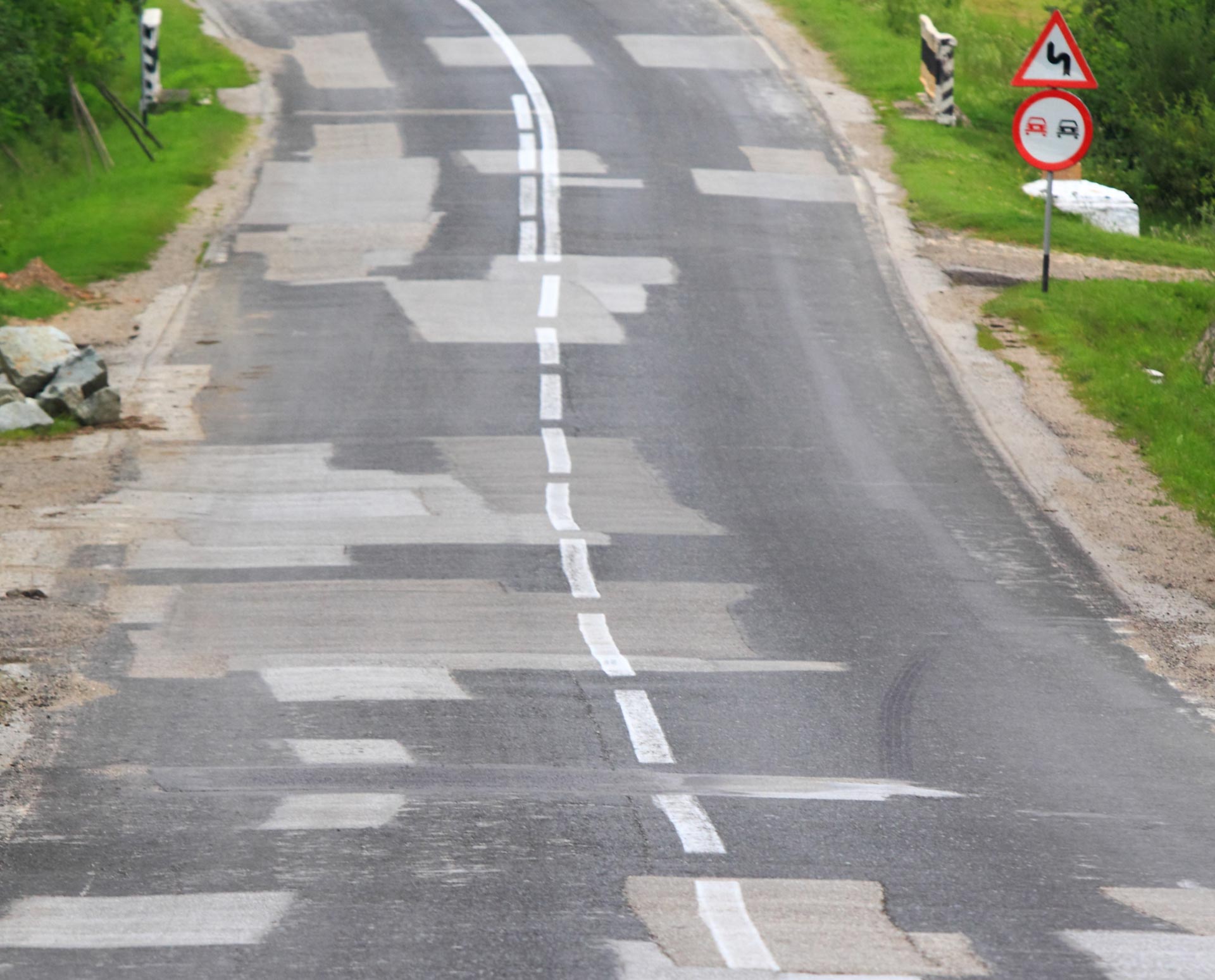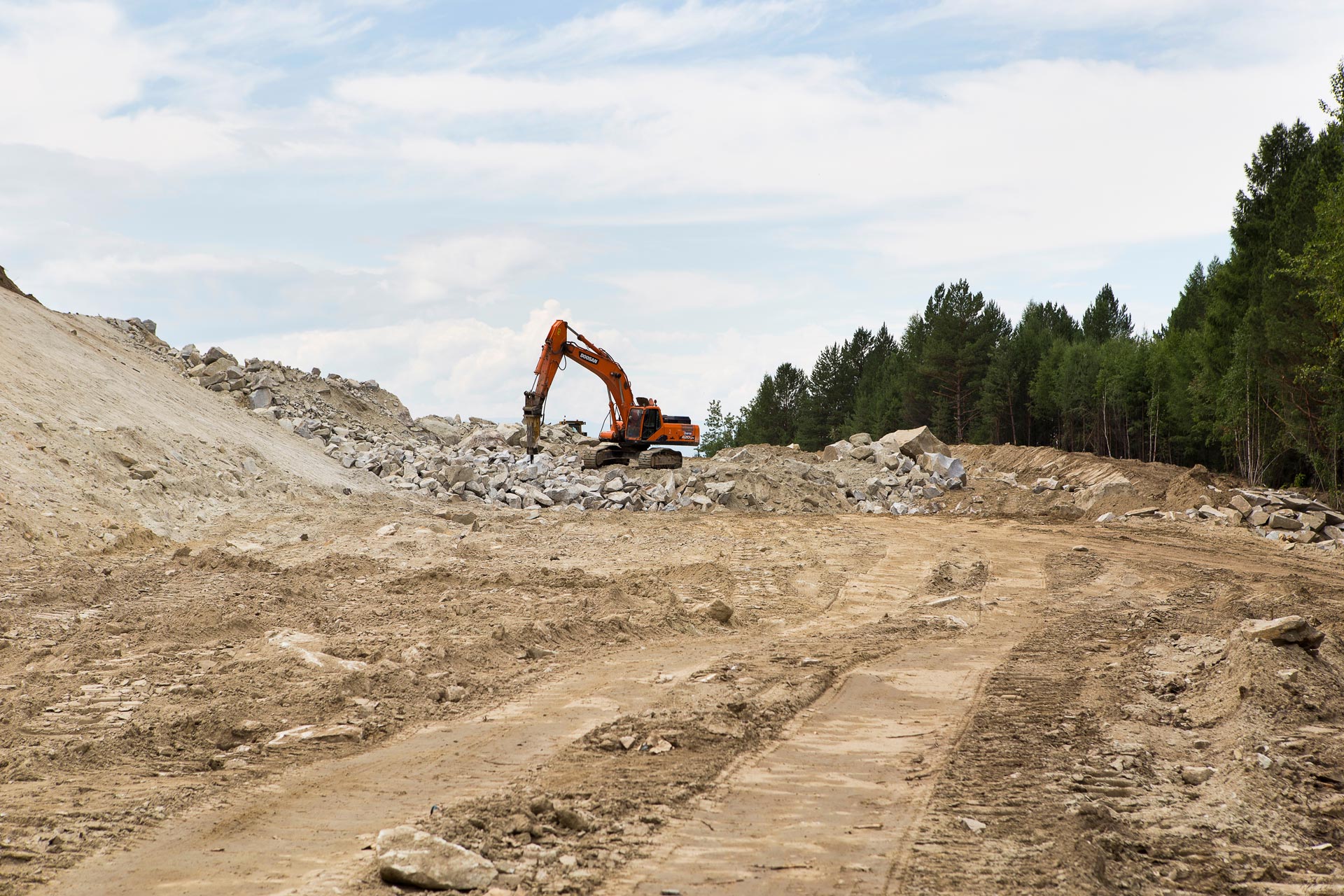Evaluation of Bridge Cleaning Methods on Steel Structures
Background: Corrosion due to soluble salts is a major factor in the lifespan of the bridges and their protective coating. However, deicing salts are required to maintain the serviceability of the transportation infrastructure during winter months. Therefore, it is beneficial to develop a bridge washing program, which can remove soluble salts from steel bridge members. This study evaluated the Pennsylvania Department of Transportation (PennDOT) procedures for bridge washing.
Findings: It was found that using water without any cleaning agents is effective in removing soluble salt from steel bridges as long as good practices are followed while washing the bridge and the bridge coating is intact. Washing was found to be ineffective if the pressure used was significantly below the 1750 psi prescribed by PennDOT, the surface being washed showed significant evidence of coating failure and corrosion, or if the washer nozzle was too far below the target area for the pressure being used. From a programming stand point, it was found that members directly above a roadway contained high concentrations of soluble salts and are not currently required to be cleaned. On the other hand, the full length of the truss and arch members below the bridge deck are currently being cleaned and did not have large surface salt concentrations for the bridges evaluated. It was also determined that the wash water generated during the bridge washing process did not adversely affect the surrounding environment.
Results: The pre-wash soluble salt concentration ranged from 8mg/m2 (11x10-3 grains/ft2) on several areas that were not directly exposed to salt, and were rinsed by rain, to as high as 1133 mg/m2 (1624x10-3 grains/ft2). This was measured on the bottom flange of a diaphragm beam directly below a leaking expansion joint. The highest pre-wash surface salt concentration on an area not currently required to be washed under PennDOT specifications was 298 mg/m2 (427x10-3 grains/ft2). This location was on the top side of the bottom flange of a girder above a roadway. Washing efficiencies ranged from 95 percent when salt concentrations were high and the equipment was working properly to 0 percent (no statistically significant difference). The latter occurred when the equipment was not properly functioning and the water pressure was low. All heavy metal concentrations measured in the waste wash water were below the levels prescribed in the Pennsylvania Code, Chapter 93.
Recommendations: As the result of this study, the following recommendations have been made:
- The CMMT and PennDOT Publication 55 are not in agreement on the frequency in which bridges are to be washed and should be changed so that they are consistent.
- The area of a steel bridge directly beneath a leaky expansion joint should be washed frequently until a repair can be made. The joint itself should also be flushed to remove any residual salts, which typically accumulate in the joint.
- Overhead members extending horizontally across the roadway and within 7 m (23 feet) of roadway surface exhibited high salt concentrations and washing of these areas would appear to be beneficial.
- Locations in the vicinity of connections exhibited high salt concentrations and washing of these areas would appear to be beneficial.
- Washing was found to be ineffective for the bridges evaluated when a majority of the coating had failed.
- Pressurized water was sufficient to clean bridges when the surface is intact and therefore chemicals are not recommended for cleaning in these areas.
- A pressure gage should be installed and monitored on all equipment to ensure cleaning occurs at the prescribed pressure.

